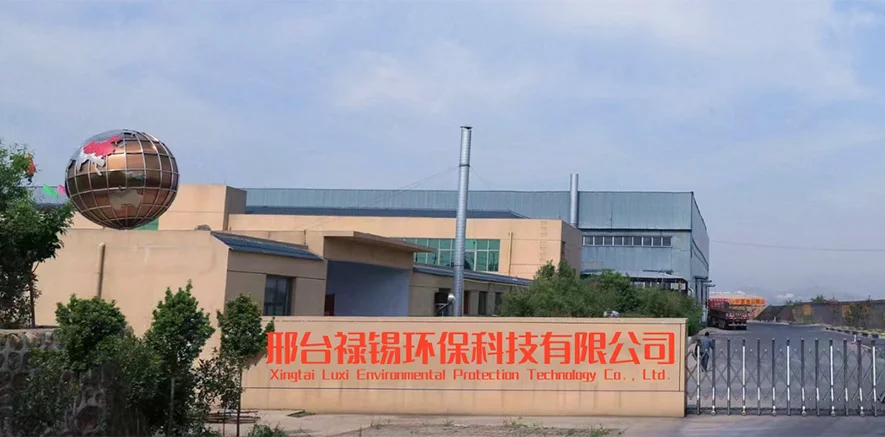Nov . 28, 2024 00:36 Back to list
Vermiculite Safety Data Sheet Overview and Key Information Guide
Understanding Vermiculite and Its Safety Data Sheet (SDS)
Vermiculite is a naturally occurring mineral, classified as a hydrated laminar magnesium-iron-alumino-silicate. It is renowned for its excellent insulating, horticultural, and fire-retardant properties, making it a popular choice in various applications, from construction to gardening. Its unique characteristics stem from its ability to expand when heated, which transforms it into a lightweight, porous material ideal for diverse uses.
One critical aspect of working with vermiculite is understanding its Safety Data Sheet (SDS). An SDS is a detailed document that provides essential information about a substance's properties, potential hazards, safe handling, and emergency control measures. It serves as a vital resource for anyone working with, storing, or disposing of materials like vermiculite.
Composition and Properties
Vermiculite is primarily composed of magnesium, iron, aluminum, and silica. Its expanded form consists of flat, shiny flakes that are lightweight yet possess a high insulation value. These properties make vermiculite a favored choice in various sectors. In gardening, it enhances soil aeration and moisture retention, making it suitable for seed starting and potting mixes. In construction, it is often utilized as an insulating material in walls, attics, and ceilings due to its fire-resistant characteristics.
Hazards and Safety Precautions
One of the significant concerns surrounding vermiculite is the potential presence of asbestos, particularly in specific mining regions. Asbestos is a known carcinogen and poses severe health risks when inhaled. Therefore, it is imperative to obtain vermiculite from reputable sources that guarantee it is asbestos-free.
vermiculite sds

According to the SDS, handling vermiculite safely includes using personal protective equipment (PPE) such as gloves, goggles, and dust masks, especially when working with dry forms that may generate airborne particles. Moreover, proper ventilation in areas where vermiculite is used is essential to minimize inhalation risks.
Storage and Disposal
When storing vermiculite, it should be kept in a dry, well-ventilated area, away from moisture and direct sunlight, to prevent degradation and contamination. The SDS provides guidelines for the safe disposal of vermiculite in compliance with local regulations. Generally, it is advised to dispose of vermiculite in a landfill that accepts non-hazardous materials, ensuring that it does not pose any environmental risks.
First Aid Measures
In case of accidental exposure, the SDS outlines specific first aid measures. If inhalation occurs, it is crucial to move the affected individual to an area with fresh air and seek medical attention if symptoms persist. In case of skin contact, washing the affected area with soap and water is recommended. For eye contact, rinsing with plenty of water for at least 15 minutes and seeking medical attention is essential.
Conclusion
Vermiculite remains an invaluable material in various industries, particularly due to its functional properties. However, safety must always be a priority. Familiarizing oneself with the Safety Data Sheet for vermiculite is crucial for ensuring proper handling and minimizing health risks. Whether in construction, horticulture, or any other application, understanding the potential hazards, safe practices, and emergency measures associated with vermiculite can help guarantee a safe working environment. Always source materials from verified suppliers to ensure they meet safety standards, thus further safeguarding yourself and others from potential risks linked to vermiculite.
-
Eco-Friendly Granule Covering Agent | Dust & Caking Control
NewsAug.06,2025
-
Fe-C Composite Pellets for BOF: High-Efficiency & Cost-Saving
NewsAug.05,2025
-
Premium Tundish Covering Agents Exporters | High Purity
NewsAug.04,2025
-
Fe-C Composite Pellets for BOF | Efficient & Economical
NewsAug.03,2025
-
Top Tundish Covering Agent Exporters | Premium Quality Solutions
NewsAug.02,2025
-
First Bauxite Exporters | AI-Optimized Supply
NewsAug.01,2025
